How many muscles make up your quadriceps?
4.
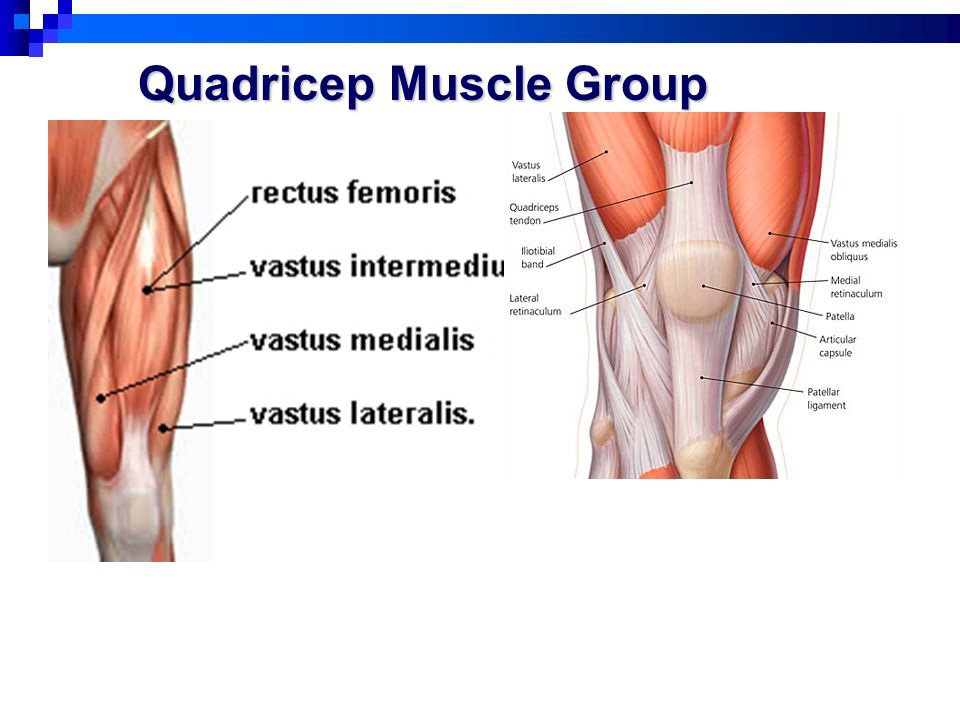
What is the picture below called?
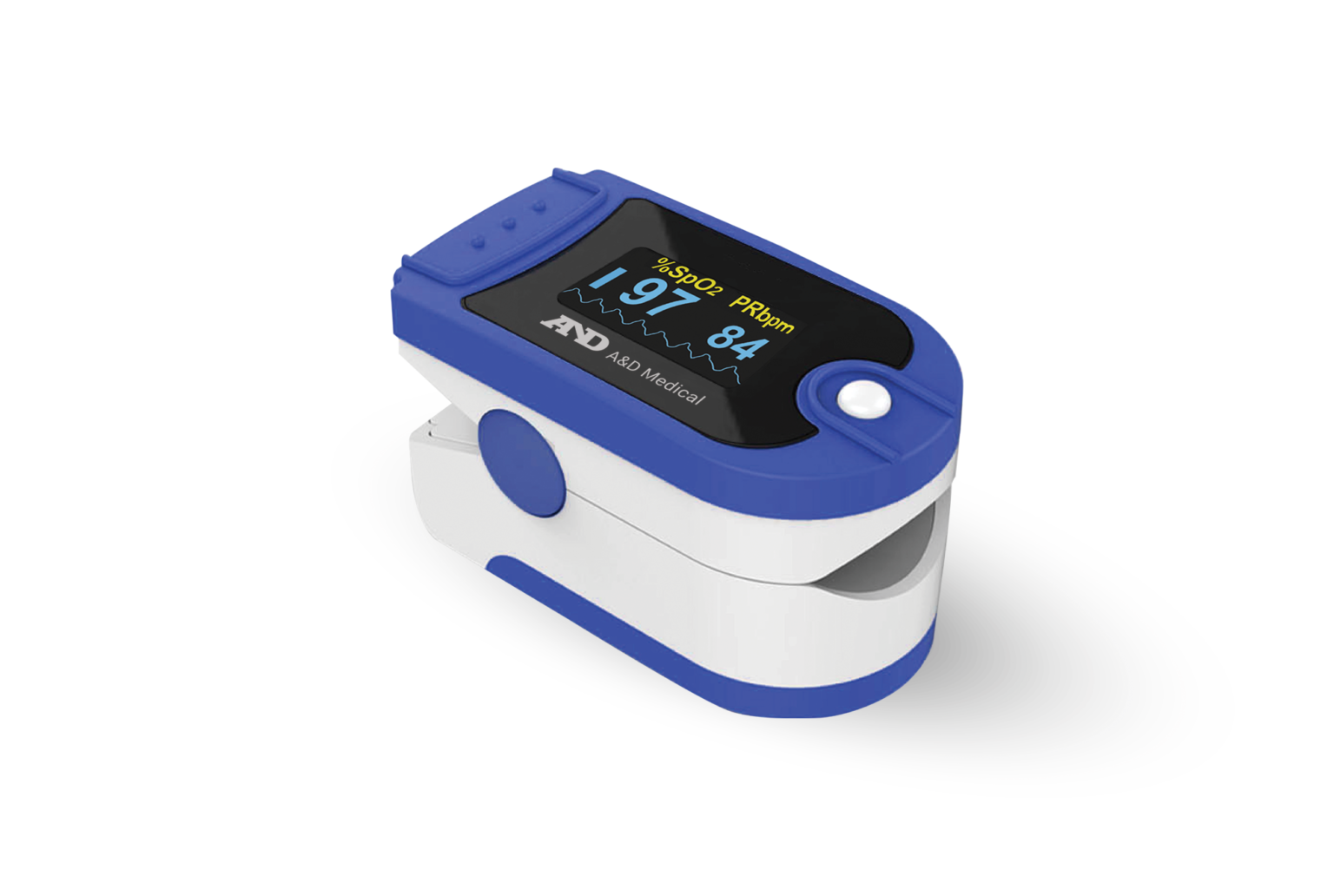
Pulse ox(imeter). +1 for being able to say what it measures.
Where are two places you can take a pulse at?
- Carotid (neck)
- Radial (wrist)
- Brachial (upper arm)
- Femoral (leg)
SLR stands for...
What injury is depicted below?

Ankle sprain. +1 if you can say what type.
What is the anatomical name for your knee cap?
Patella.
What is them picture below called?

BOSU ball.
What is considered a normal blood pressure for an adult/teenager?
120/80
LAQ stands for...
Long arc Quad. +1 for demonstration.
Occurs from a mild blow to the head, either with or without loss of consciousness and can lead to temporary cognitive symptoms.
Concussion. +3 if you can name 3 different symptoms associated with it.
What is the anatomical name for your shoulder blade?
Scapula.
What is the below machine called?
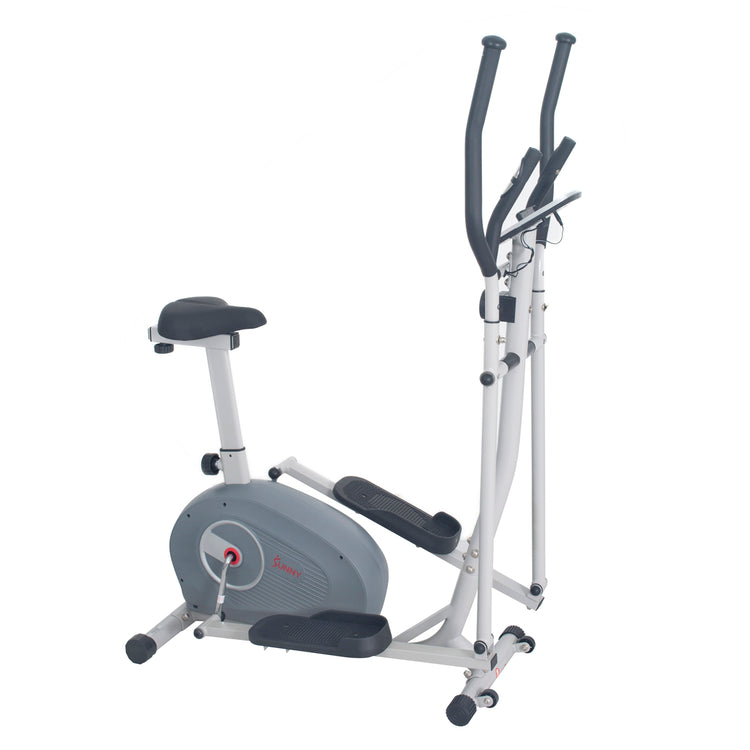
Elliptical
What is considered a normal pulse, at rest?
60-90 beats per minute
Fx stands for...
Fracture.
What type of injury is depicted below?
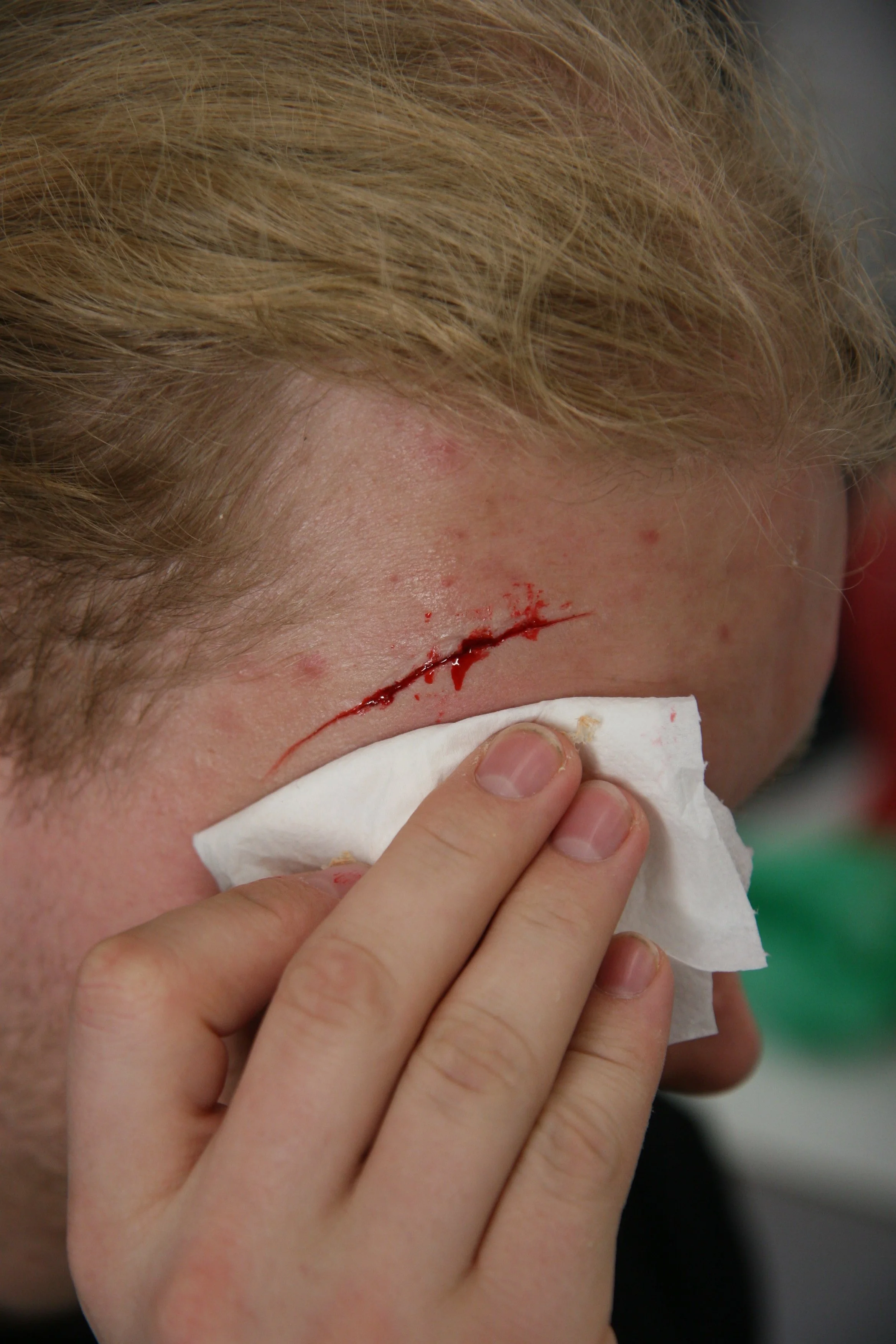
Laceration.
What is the name of the bone indicated below?
Femur.
What is the name of the machine that holds our heat packs?
Hydrocollator
What is a normal capillary refill time?
<2 seconds.
SL (i.e. SL balance) stands for...
Single leg.
What type of injury is depicted below?
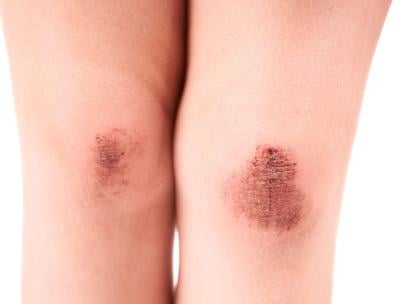
Abrasion.
How many hamstring muscles are there (per leg - NOT total)?
3.

What does a goniometer do?

Measures range of motion.
What is considered a normal respiratory rate?
16-18 breaths per minute
ACL stands for...
Anterior cruciate ligament. +1 for being able to point out on someone. +2 for being able to say what action it does.
What injury is depicted below?
Dislocation.